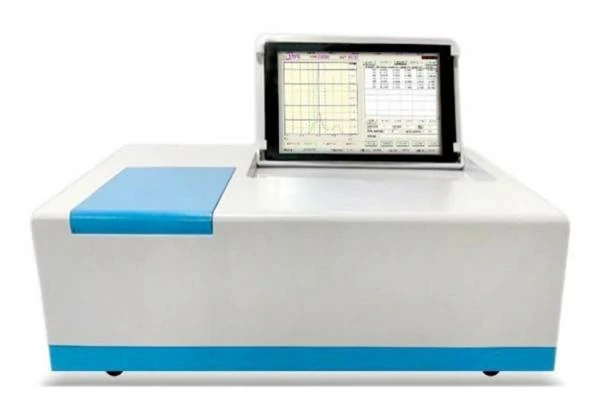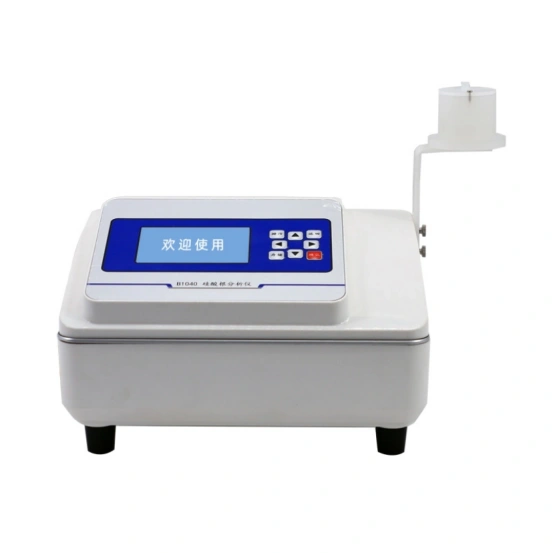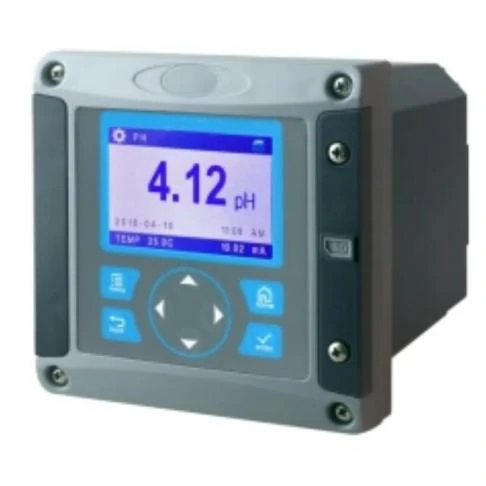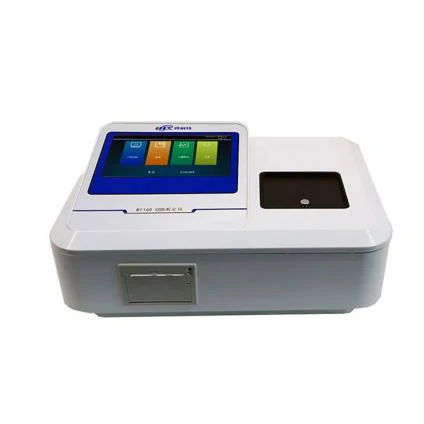B1170 infrared photometric oil meter uses tetrachloroethylene or carbon tetrachloride to extract oil substances in water according to GB16488 and HJ637 national standards, and then uses anhydrous sodium sulfate to isolate impurities and water, separate oil and tetrachloroethylene or carbon tetrachloride solution, and measure the total extract oil content. It is mainly used in the measurement of oil content in surface water, groundwater, industrial wastewater, catering industry fumes, welding wire, welding rod, soil and solids.
Instrument features:
- Baseline drift: no drift (using mechanical light cutting to eliminate baseline drift)
- Minimum detection concentration: 0.002mg/L (oil concentration in water)
- Maximum detection concentration: 640000mg/L (oil concentration in water)
- Wave number range: 3400cm-1~2400cm-1 (2940nm~4167nm)
- Wave number accuracy: ±1cm-1 Wave number repeatability: +1cm-1
- Absorbance range: 0.0000~3.0000AU (i.e. transmittance 100~1%T)
- Basic measurement range: 0.00~800.00mg/L
- Repeatability: Relative standard deviation RSD<0.6% (concentration is 20 ~80mg/mL standard oil sample)
- Detection limit: 0.05mg/L (3 times the standard deviation of 11 measurements of tetrachloroethylene blank solution)
- Linear correlation coefficient: R>0.999
- Sample analysis time: full spectrum scan about 30 second
Fixed point multiple scans: about 10 seconds
- Non-dispersive infrared emission scan: about 2 seconds
- Blank solvent zero adjustment: automatic, no need to adjust the full scale
- Power supply: (220±22)VAC, (50±1)Hz
- Operating temperature and humidity: temperature range 5℃-35℃, humidity ≤80%
- Host size: 470mm (length) X330mm (width) X150mm (height) Host net weight: 10kg



